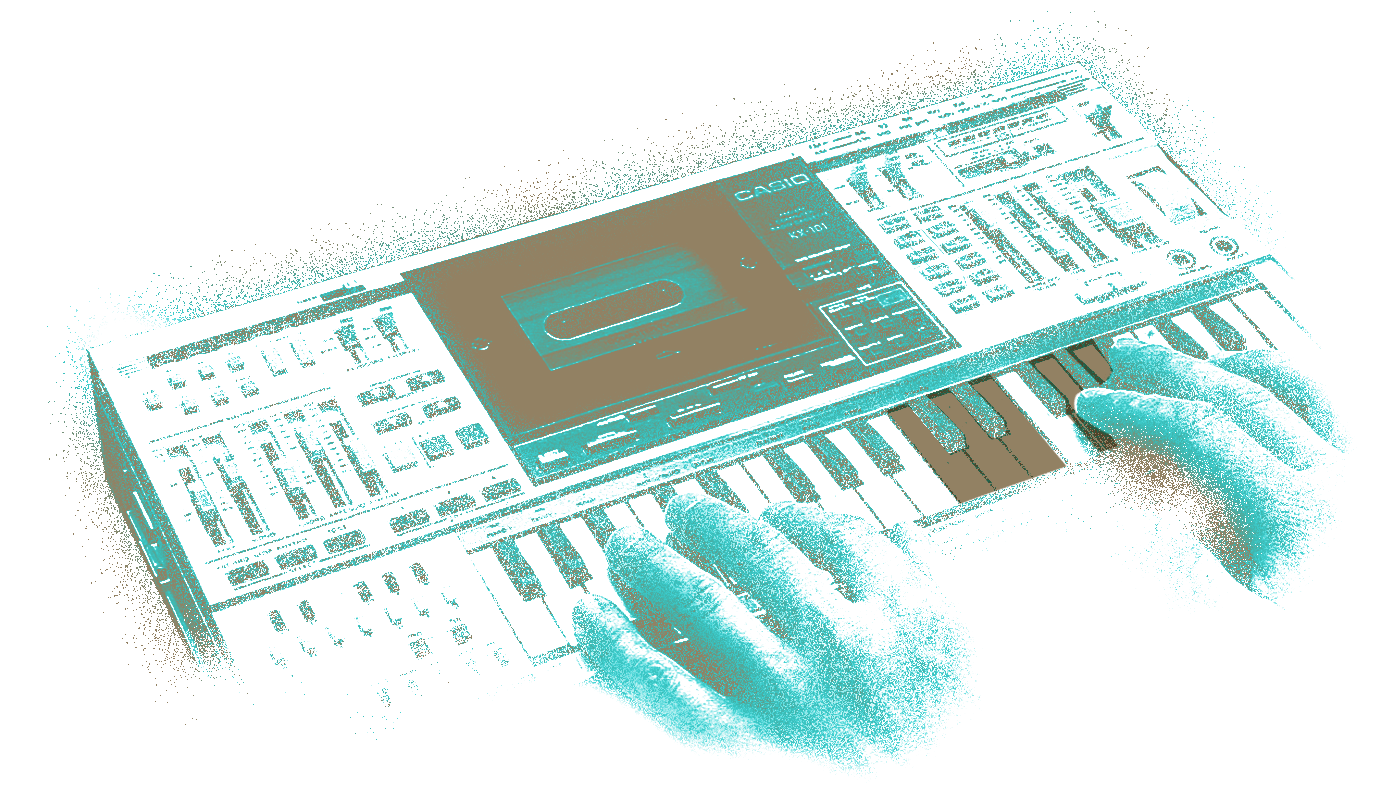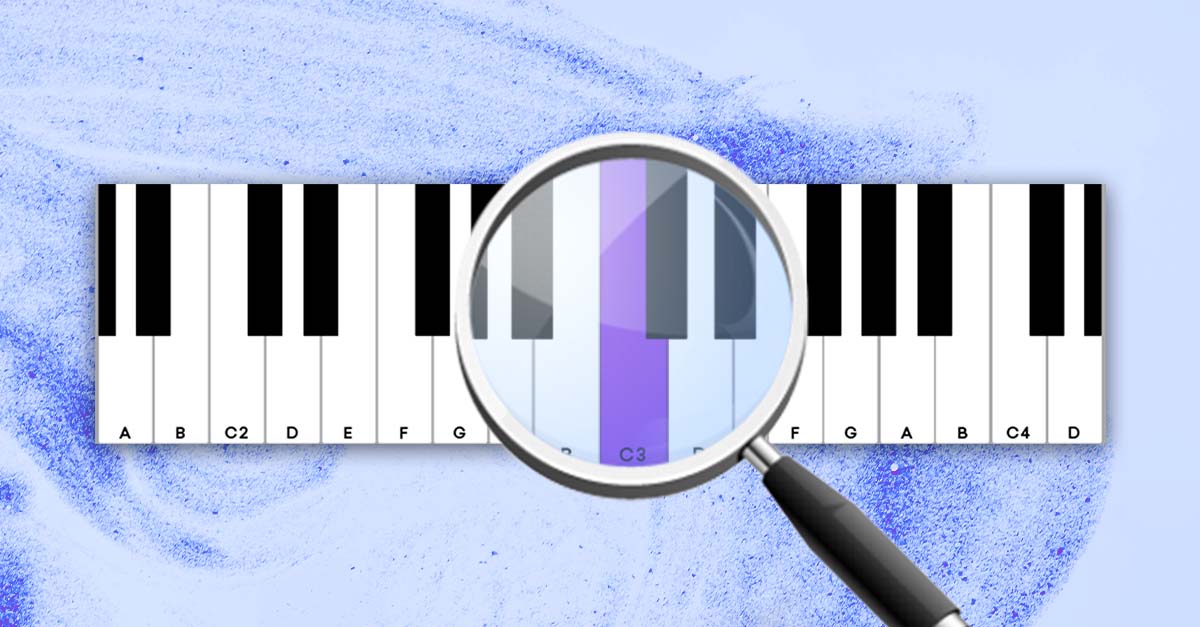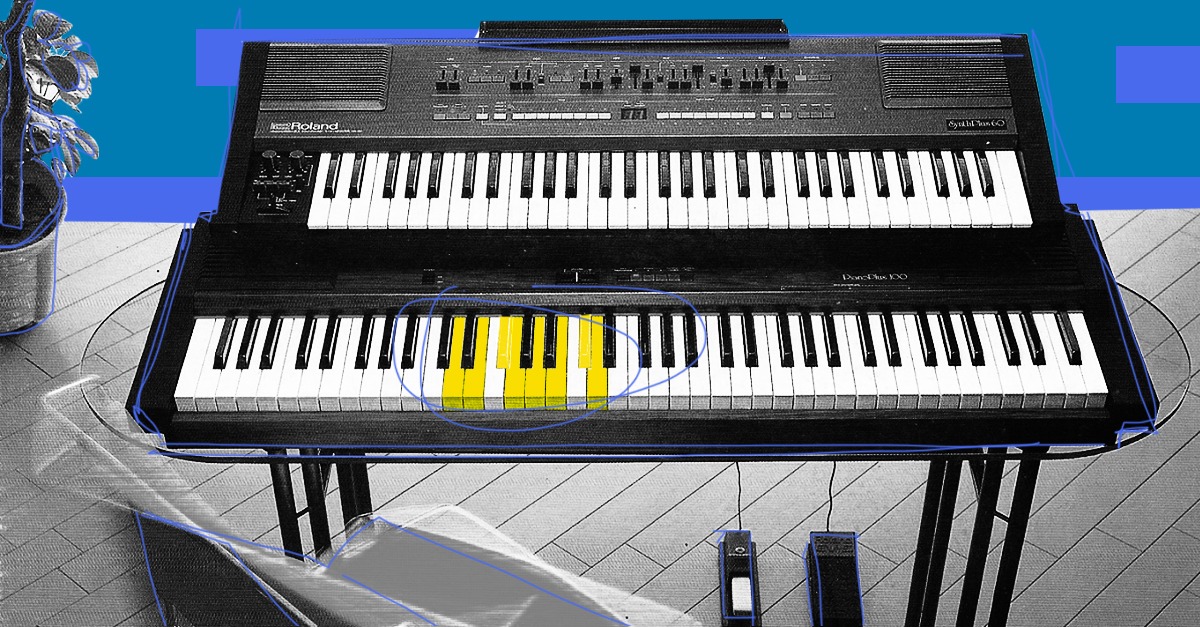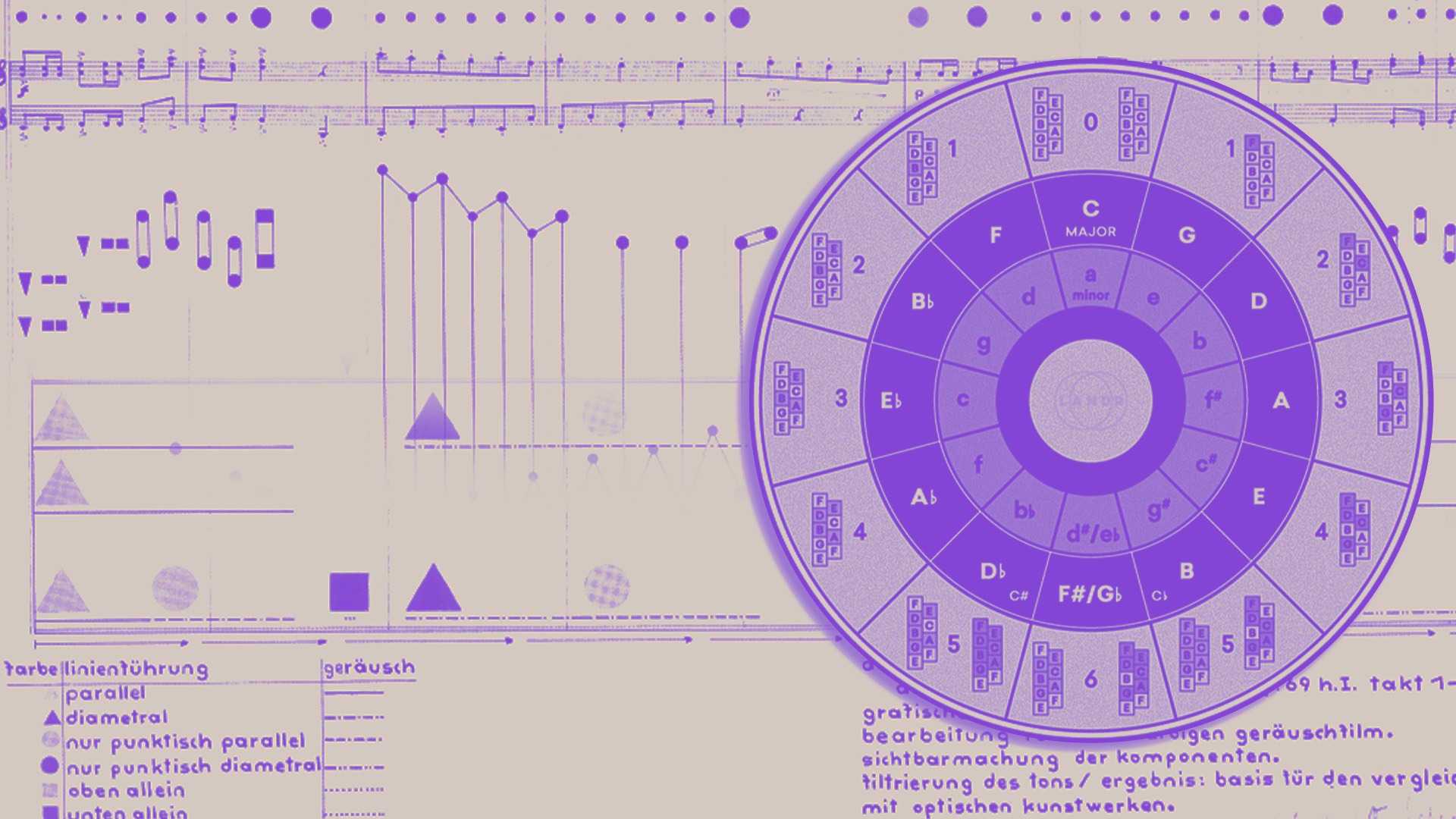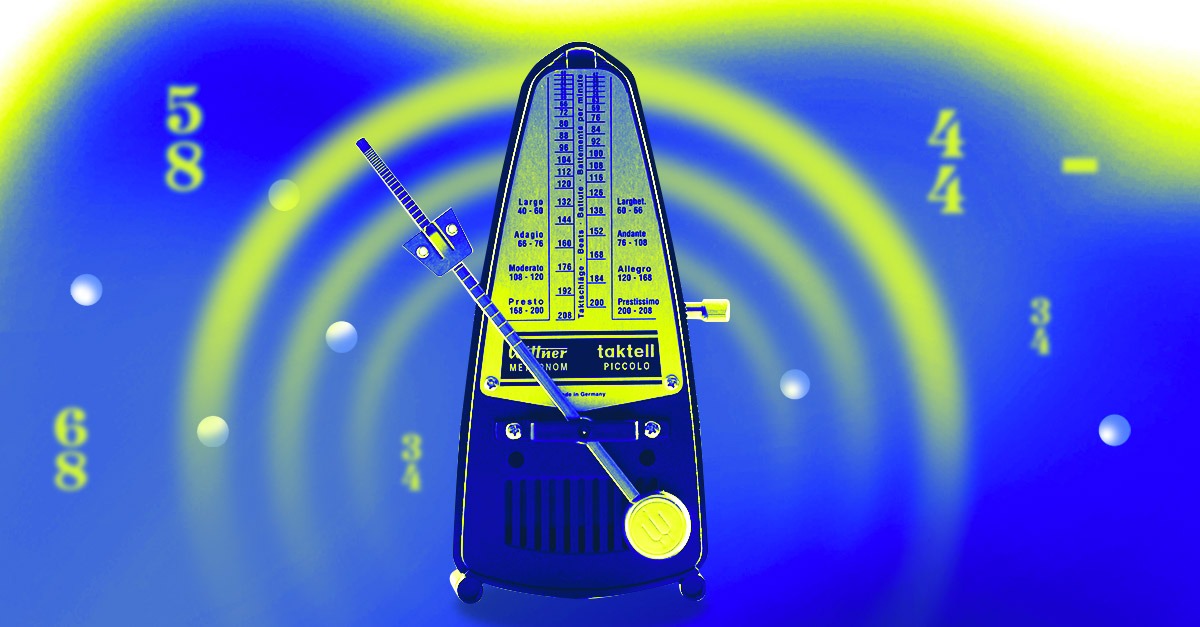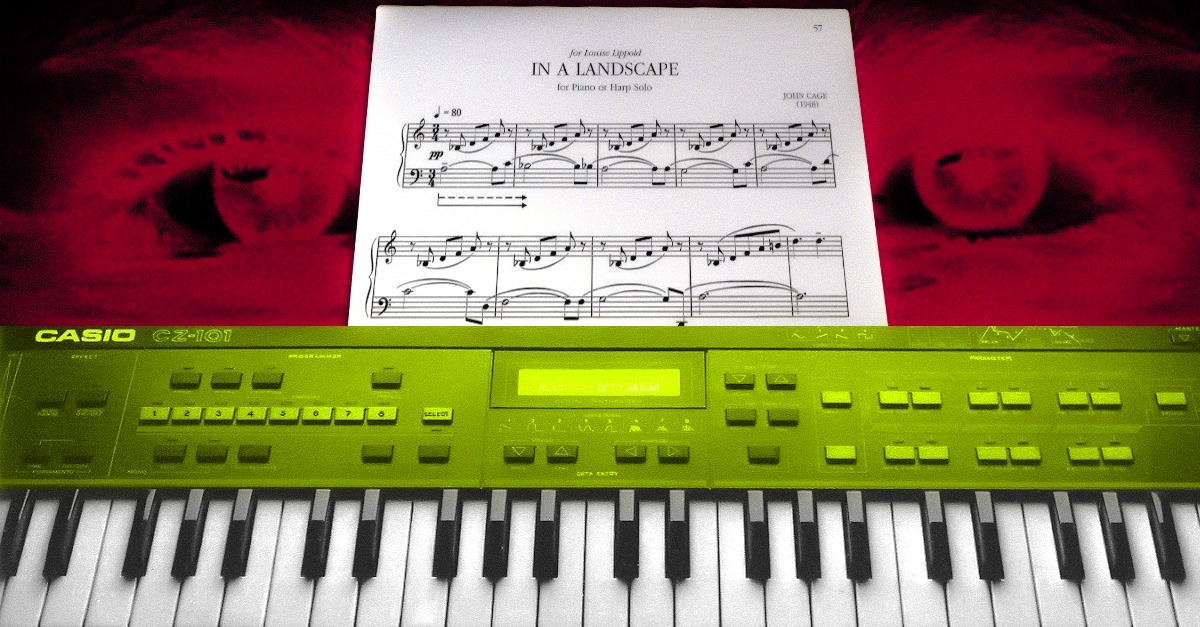
What is the Diatonic Scale? How to Build and Play Basic Scales

The diatonic scale is your home base in a musical key signature.
It’s an essential concept to understand the basic construction of notes and chords in a composition.
And while the term may seem like music theory jargon—there’s nothing complicated about the diatonic scale.
That said, you may need an explainer if you’re just getting started on your journey in music.
In this article I’ll break down the basics of the diatonic scale and suggest strategies to help you learn it.
Let’s get started.
What is the diatonic scale?
A diatonic scale is a seven note scale with a specific construction that includes five whole steps and two half steps in the defined order T-T-T-S-T-T-S:

The simplest form of diatonic scale is the Major scale, or Ionian mode, that forms the basis of melodic and harmonic tradition in western music.
For this reason, the term diatonic is often used as a shorthand for the notes contained within the musical key.
🧠 Hot tip
The basic construction of the diatonic scale can be used to create the natural minor scale, or Aeolian mode as well.
By shifting the pattern to a different starting place, you can build the relative minor scale, or- T-T-S-T-T-T-S.
Diatonic chords
Each note of the diatonic scale can act as the root of a chord built with other notes of the scale.
By building chords on each scale degree you can form the set of all consonant chords contained in that key.
These are the diatonic chords that fulfill the main functions in a harmonic progression.

Peggy breaks down essential chord progressions.
If you need a refresher on the basic diatonic chords, here’s how they’re laid out in the major keys:
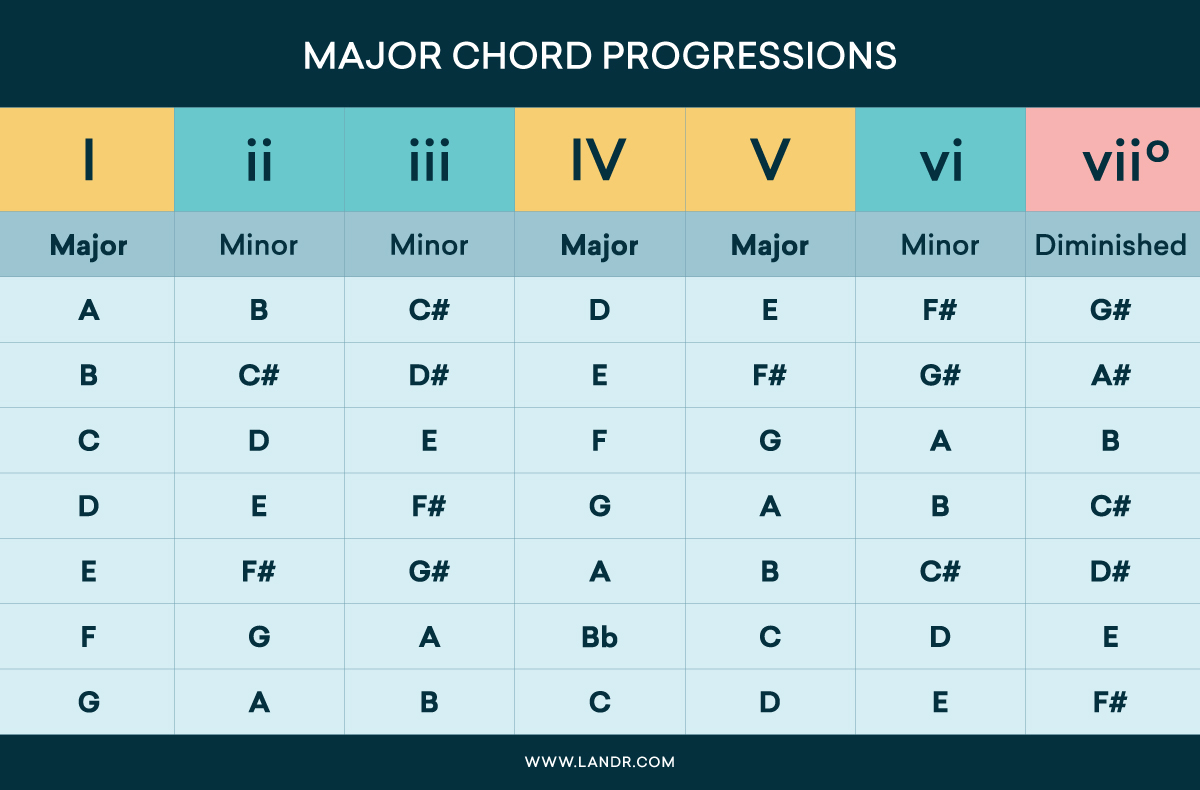
Diatonic chords in the major keys.
And in a minor key:
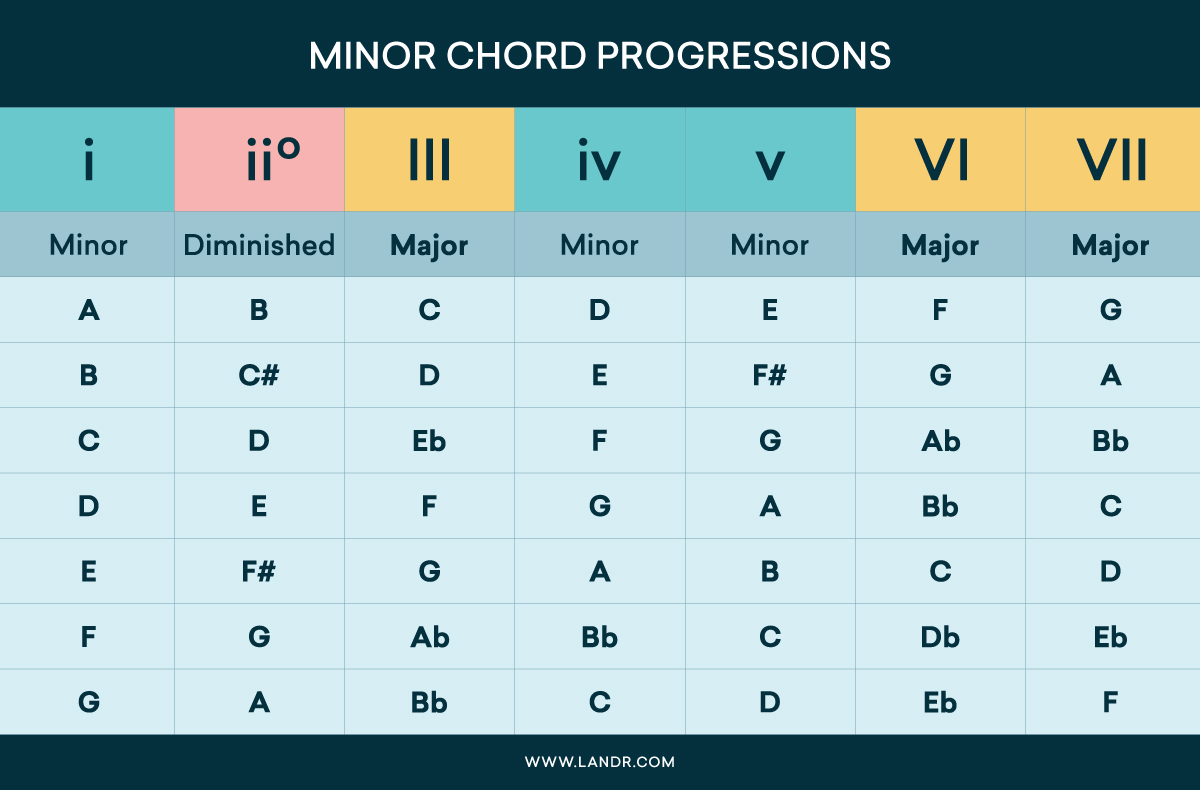
Diatonic chords in minor.
Diatonic chord function
Each diatonic chord fits into one of three harmonic function categories—tonic, pre-dominant and dominant.
These categories come from the tension where semitones appear in the diatonic structure.
For example, the major scale features semitone intervals between scale degrees 4-3 and 7-1.
If you listen carefully you can perceive a sense that scale degree 4 resolves naturally down to 3 and scale degree 7 resolves naturally up to 1.
Since the dominant seventh chord (V7) contains both these tones, it’s considered the contrasting gravitational center for the tonic chord.
The forward motion of harmonic progressions comes from the tension and release as each chord builds toward the dominant and resolves to the tonic.
Intro to Music Theory
Learn the fundamentals of how music works.

How to know your diatonic scales
The diatonic scale and its corresponding chords are important to know.
They help you situate yourself in the musical context, whether you’re playing your instrument or devising a harmonic progression in your DAW.
So how can you easily recall the diatonic scale and chords in any key?
I’ll explain the most common method, but don’t worry too much about memorizing it.
As you get used to playing in different keys you’ll naturally develop a sense for the scale degrees and important chords.
But if you just need a reliable method, here’s how it works.
Step 1: Know the musical alphabet
First things first, the musical alphabet contains the letters A-G in the order they appear in the English alphabet.
To know your scales quickly, you’ll have to be able to remember the order of the letters both backwards and forwards.
Once you have this skill you can start from any key’s letter name and count forwards seven steps to get the letter names in the diatonic scale.
Step 2: Know your key signature
Next up, you’ll have to be aware of the song’s key signature.
The key signature tells you which accidentals to apply to the notes so that they fit in with the pattern I outlined above.
There’s a simple method to find it if you know the root note and quality of the key.
If you don’t, you’ll have to determine them before you go any further. That process has its own method that you can learn in this post if you need a refresher.

Isabelle helps you identify the key.
Once you’ve found the tonic and quality, you can identify the number of sharps and flats by counting from C on the circle of fifths until you reach the target note.
As usual, count clockwise for natural and sharp keys and counterclockwise for flat keys.
For example if you’re looking for D major, you’ll have to count two steps on the circle—C-G, G-D.
That tells you your key signature contains two sharps!

Visualize the 12 musical keys with the circle of fifths.
Following the order of sharps and flats with this mnemonic, you’ll get F and C.
Step 3: Know your musical intervals
Finally, knowing your basic musical intervals will help you construct the diatonic scale on the fly.
That collection of tones and semitones I mentioned above? Each note in the diatonic scale has a distinct interval relationship with the tonic.
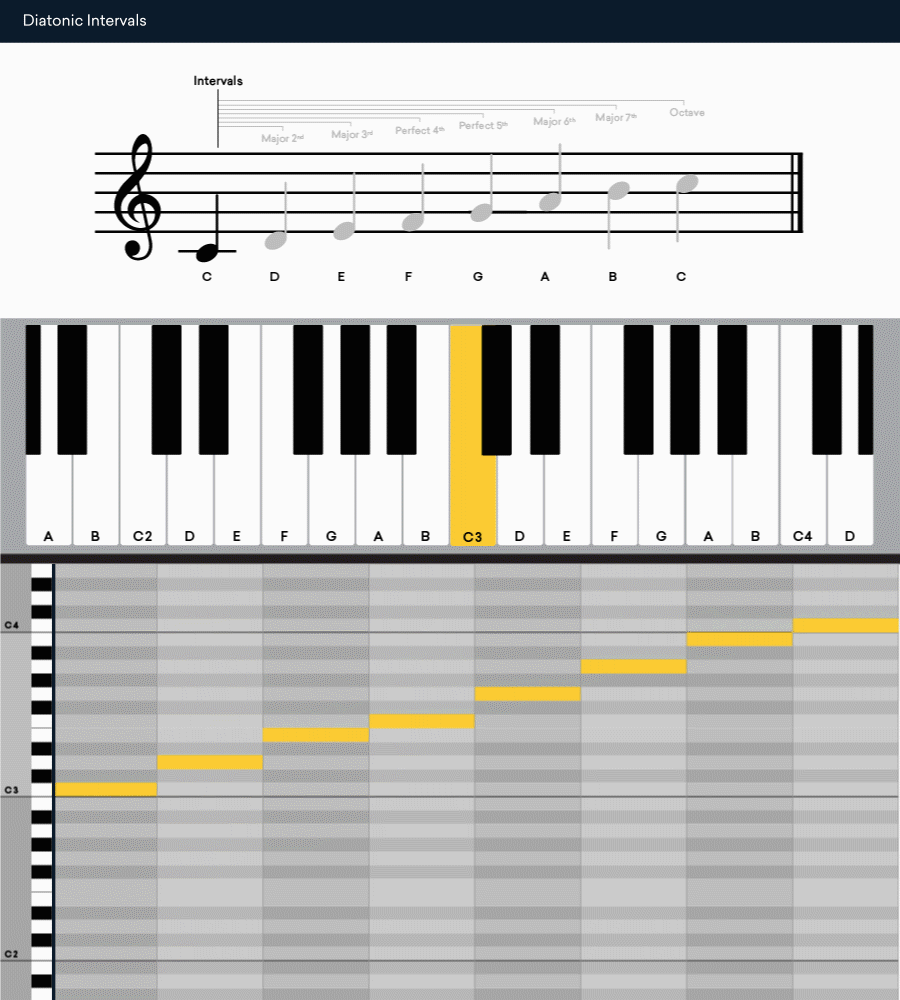
If you know the pattern and you know your intervals, you’ll never have trouble constructing the diatonic scale—even in unfamiliar keys.
Check out our basic guide to intervals in music for a beginner’s overview.
Diatonic scale explained
The diatonic scale is one of the most common scales you’ll encounter in musical situations.
It’s worth it to know what it is and how it works.
But if you’ve made it through this article you’ll have a great start for understanding the diatonic scale.
Gear guides, tips, tutorials, inspiration and more—delivered weekly.
Keep up with the LANDR Blog.
